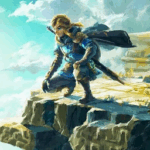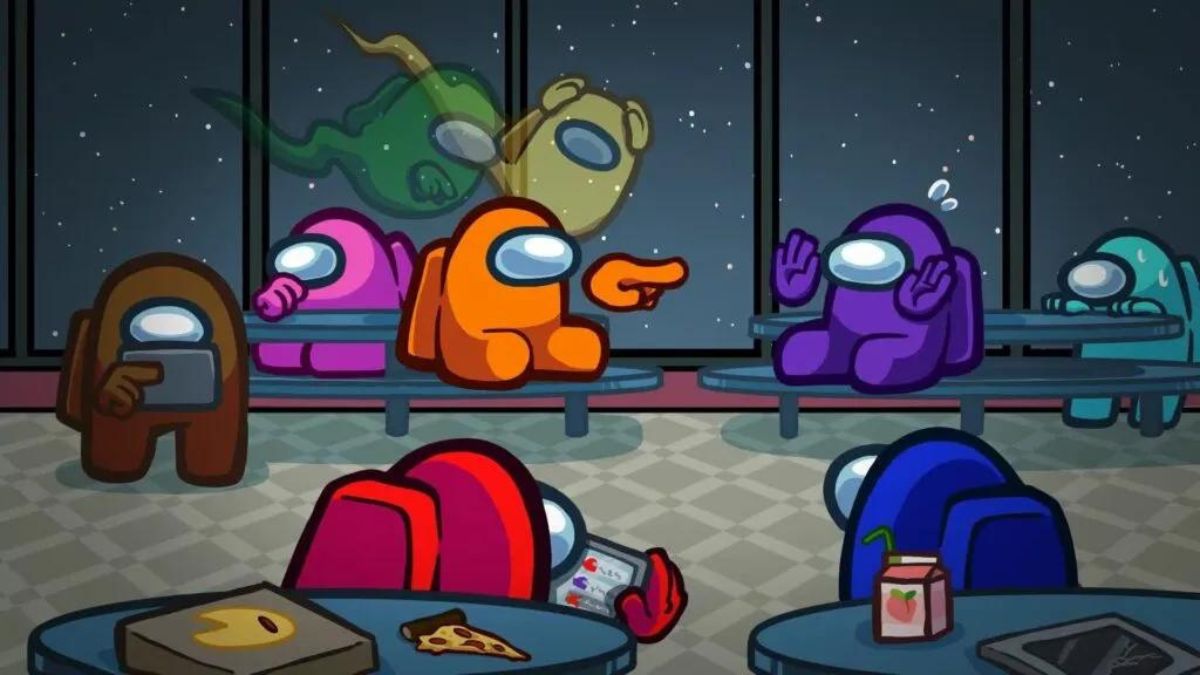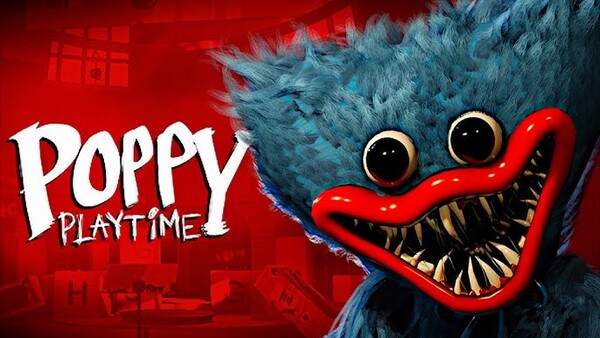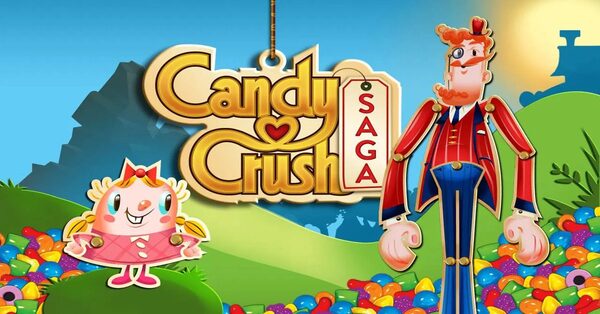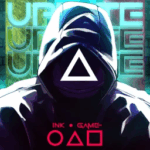Poppy Playtime is a masterclass in modern indie horror, weaving together mystery, psychological terror, and innovative gameplay across its four captivating chapters. Developed by MOB Entertainment, the game takes players into the haunting remains of Playtime Co., a once-thriving toy factory where unspeakable horrors now lurk in the shadows. Each chapter introduces new mechanics, lore, and antagonists, creating a layered and immersive experience that has captivated millions. In this in-depth review, we’ll explore each chapter's contribution to the overarching narrative, gameplay innovations, and emotional impact, culminating in a detailed assessment of the game’s strengths and areas for improvement.
Chapter 1: A Tight Squeeze — The Beginning of Terror
The story begins with the player returning to the abandoned Playtime Co. factory after receiving a mysterious letter. The environment immediately sets the tone — rusted machinery, flickering lights, and unsettling silence create a feeling of unease.
Huggy Wuggy’s Menacing Debut
In this chapter, players are introduced to Huggy Wuggy, the towering blue mascot of Playtime Co. Once an innocent toy, Huggy Wuggy has become a monstrous creature stalking the player through the dark halls. The chase scene with Huggy remains one of the most memorable moments in the game — it’s claustrophobic, intense, and perfectly paced.
Puzzle Mechanics and Atmosphere
Players use the innovative GrabPack, a mechanical tool with extendable arms, to solve environmental puzzles. This mechanic immediately sets Poppy Playtime apart from other horror titles by combining physical interaction with the eerie world. While Chapter 1 is relatively short (about 30 minutes of gameplay), it effectively establishes the game’s tone and mechanics.
Rating:
-
Scare Factor: ★★★★☆
-
Innovation: ★★★★☆
-
Length: ★★☆☆☆
Chapter 2: Fly in a Web — Expanding the Factory and the Lore
Chapter 2 dives deeper into the factory and introduces a wider variety of gameplay elements. The player is now tasked with finding a train code to escape the factory, but standing in their way is a new antagonist — Mommy Long Legs.
Meet Mommy Long Legs
Mommy Long Legs is a terrifying spider-like toy with elastic limbs and a childlike voice that masks her malicious intent. She acts as both a guide and a captor, forcing the player through sadistic games designed for children. Her presence adds psychological complexity to the horror, and her design has become iconic in the horror community.
New Mini-Games and Environments
This chapter introduces three distinct games:
-
Musical Memory
-
Wack-a-Wuggy
-
Statues
Each game tests your reflexes, memory, and courage while building tension. The environments are larger and more colorful, masking the horror beneath a layer of cheerful design. These contrasts enhance the feeling of dread.
Rating:
-
Character Design: ★★★★★
-
Puzzle Variety: ★★★★★
-
Horror Execution: ★★★★☆
Chapter 3: Deep Sleep — Into the Depths of Madness
After surviving Mommy Long Legs and boarding the train, Chapter 3 plunges players even deeper into the factory — and into a new kind of darkness. Here, the game’s psychological horror takes center stage.
New Threats and a Shift in Tone
This chapter introduces the terrifying CatNap, a nightmarish toy born from experiments gone wrong. The tone shifts from surface-level horror to psychological dread, with hallucinations, creepy audio logs, and visual tricks that keep players second-guessing what’s real.
The Sanctuary and the Sleeper Program
A secret underground section called “The Sanctuary” becomes central to Chapter 3. This hidden facility reveals disturbing truths about Playtime Co.’s unethical experiments on orphans, transforming them into sentient toys.
Highlights of Chapter 3:
-
Mind-bending hallucinations
-
Lore-rich audio logs and hidden tapes
-
Unique puzzle involving rotating memory circuits
Rating:
-
Story Depth: ★★★★★
-
Psychological Horror: ★★★★★
-
Gameplay Complexity: ★★★★☆
Chapter 4: Playcare — The Collapse of Sanity
The latest installment, Chapter 4, is the longest and most emotionally devastating chapter yet. Set primarily in Playcare, a twisted daycare center hidden in the depths of the factory, it explores the cruel fate of children used in Playtime Co.’s experiments.
The Return of Poppy
Poppy, the mysterious doll from Chapter 1, takes on a more prominent role here. Her intentions are still unclear — is she an ally, or is she manipulating the player? This ambiguity fuels the chapter’s narrative tension.
Final Confrontation and Emotional Payoff
The player must navigate crumbling environments, face the horrifying Prototype 1006, and make difficult choices that impact the outcome. The chapter ends on a cliffhanger, with the protagonist descending further into darkness — both literally and figuratively.
Rating:
-
Emotional Impact: ★★★★★
-
Final Boss Design: ★★★★☆
-
World Building: ★★★★★
Evolution of Gameplay Mechanics Across Chapters
Each chapter adds layers to the gameplay mechanics, gradually increasing complexity and immersion.
From GrabPack to Advanced Mechanics
-
Chapter 1: Basic GrabPack mechanics (pulling levers, opening doors)
-
Chapter 2: Electricity puzzles, rotating platforms
-
Chapter 3: Memory-based circuits, mind-altering environments
-
Chapter 4: Emotion-based interactions, NPC decisions
The constant evolution keeps the game fresh and prevents it from feeling repetitive, a common pitfall in many episodic horror titles.
Rating:
-
Gameplay Innovation: ★★★★☆
-
Learning Curve: ★★★☆☆
Narrative Structure and Lore Integration
One of Poppy Playtime's biggest strengths is how it gradually unveils its dark story. Through environmental storytelling, VHS tapes, and character dialogue, the game avoids heavy exposition and lets players piece together the narrative.
The Story Beneath the Surface
What begins as a ghost story about a haunted toy factory transforms into a tale of corporate greed, child experimentation, and lost innocence. Each chapter contributes vital lore, and keen-eyed players can discover secrets that hint at future chapters.
VHS Tapes and Hidden Clues
Players can find tapes that reveal the backstory of the factory, its employees, and the twisted project that led to the creation of sentient toys. These are more than just collectibles — they’re essential to understanding the true horror of Playtime Co.
Rating:
-
Storytelling Quality: ★★★★★
-
Lore Density: ★★★★☆
Audio and Visual Design
The game’s aesthetic is deceptively colorful, using toy-like environments and cheerful sound design to contrast its horror themes. This design philosophy enhances the unsettling atmosphere.
Sound Design that Amplifies Fear
The creak of a door, the whisper of a toy in the distance, the sudden silence before a chase — Poppy Playtime uses audio cues masterfully to build tension.
Visual Aesthetic
-
Bright, candy-colored interiors that evoke a child’s dream… or nightmare
-
Rusted factory elements showing decay and neglect
-
Detailed toy animations (especially Huggy Wuggy and Mommy Long Legs)
Rating:
-
Sound Design: ★★★★★
-
Visual Art Direction: ★★★★☆
Emotional and Psychological Impact
What makes Poppy Playtime so powerful isn’t just the jump scares — it’s the emotional resonance. Beneath the terror lies a story about lost children, broken promises, and the pursuit of immortality through horrifying means.
The Horror of Innocence Corrupted
The core tragedy of the game is how innocent toys, created to bring joy, become vessels of fear. This thematic contrast heightens the emotional impact and provides a deeper meaning to the horror.
Relatable Fear: Abandonment and Betrayal
For many players, the fear isn't just of monsters — it's the idea of being used, forgotten, and left in the dark. That’s where Poppy Playtime truly shines.
Rating:
-
Emotional Depth: ★★★★★
-
Psychological Tension: ★★★★★
Fan Theories and Community Engagement
The community surrounding Poppy Playtime is incredibly active, constantly developing new theories, dissecting every frame, and speculating about future chapters.
Popular Fan Theories:
-
Is Poppy actually controlling the player?
-
Was the protagonist once a child experiment?
-
What is Prototype 1006’s true purpose?
Engagement Through Mystery
MOB Entertainment has embraced this community by embedding clues and Easter eggs in each chapter, rewarding the most dedicated fans.
Rating:
-
Replay Value: ★★★★☆
-
Community Engagement: ★★★★★
Criticisms and Areas for Improvement
No game is perfect, and Poppy Playtime has had its fair share of criticisms — from short chapter lengths to initial monetization controversies.
Common Critiques
-
Chapters 1 and 2 are relatively short compared to the anticipation between releases.
-
Some puzzles in Chapter 2 and 3 felt tedious or overly complex.
-
Technical glitches have occasionally affected immersion.
Monetization Backlash
Initially, some players were frustrated by the decision to charge separately for each chapter, but this model has since become more accepted due to the increasing depth and quality of the content.
Rating:
-
Value for Money: ★★★☆☆
-
Technical Stability: ★★★☆☆
Conclusion: A Rising Giant in Horror Gaming
Poppy Playtime has evolved from a mysterious indie game into a full-fledged horror saga. With four immersive chapters under its belt, it’s clear that MOB Entertainment has created something unique — a world that is as emotionally gripping as it is terrifying. Each chapter builds upon the last, offering not just scares but a narrative that dares to explore the darkness of human ambition.
Whether you're a horror enthusiast or a narrative-driven gamer, Poppy Playtime is an experience worth having — not just once, but repeatedly, as each chapter reveals new layers of the twisted Playtime Co. legacy.
Overall Game Ratings:
-
Scare Factor: ★★★★☆
-
Storytelling: ★★★★★
-
Gameplay Mechanics: ★★★★☆
-
Visual and Audio Design: ★★★★★
-
Emotional Depth: ★★★★★
-
Replayability: ★★★★☆






